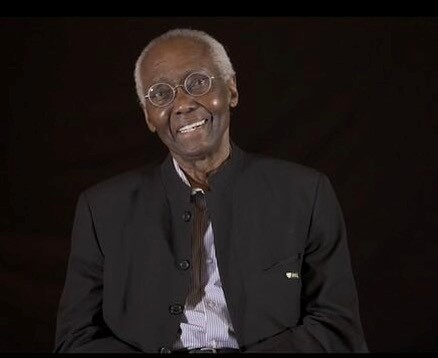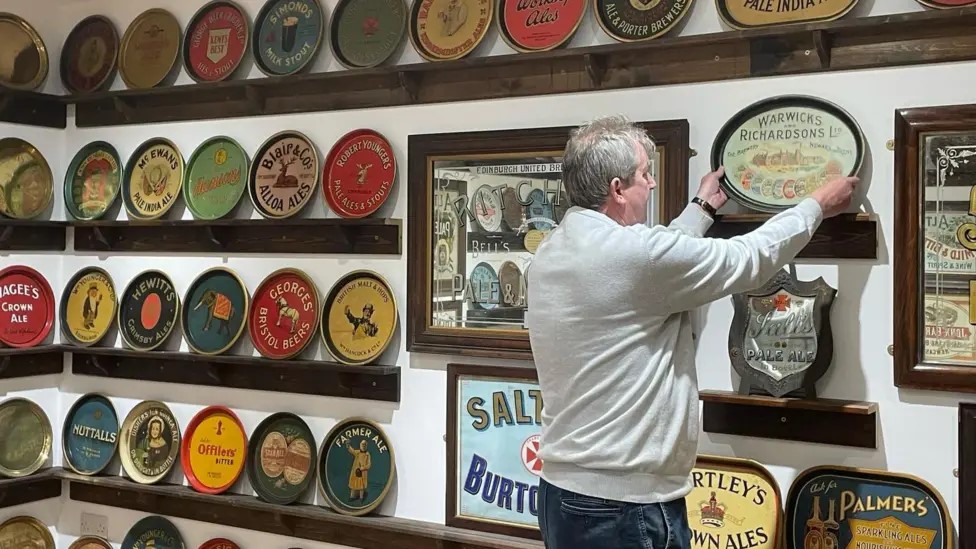1. Chairman’s Statement:
The SBAA wishes to welcome two new corporate members, Cold Town Beer and Barney’s Beer. Please see their details later in this Newsletter. Also, congratulations to our corporate members who did well at the recent Scottish Beer Awards, read later in this newsletter.
Many thanks to everyone who has renewed their membership, which ensures the aims of the SBAA can continue. There is a small number that still have to renew before their membership expires. If you do not wish to continue as a member, please inform Ivor, our secretary, to avoid further email reminders, although we do not want to lose you.
In the last Newsletter, it was mentioned that the SBAA is writing a book on the history of brewing in Edinburgh, which is vast. The work continues, and I was grateful to Graham Malkiewicz for proof-reading the book and highlighting corrections or points that needed to be expanded. I am currently in discussions with a potential editor, so I hope that the book can be completed sometime this year.
Our outing this year was a visit to Traquair, which was well received by everyone who attended. Please read the details that follow, written by Fergus Clark.
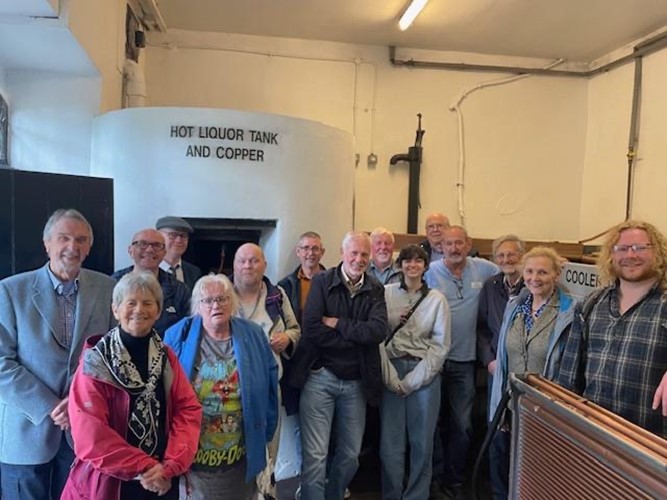
All the articles for this year’s Journal were received some time ago, and Robbie, our editor, is working to complete the job to prepare for printing. The SBAA also welcomes Keith Lugton to the committee, following his retirement from Tennent’s.
We now turn our attention to asking for articles for next year’s Journal. If you wish to submit an article, please let us know as soon as possible. Without your help on this, the Journal would not be possible.
Please read Last Runnings for details on our AGM to be held on the 20th November this year.
John Martin
2. SBAA visit to Traquair House and Brewery
On 4th September, 13 intrepid members met at Waverley Railway station at the start of a trip to Traquair House to visit the brewery, house, and the grounds. We boarded a very comfortable minibus and made our way out of the centre of Edinburgh on a pleasant early autumn day, one of those days you’re not quite sure if a jacket would be required or not! The route to Traquair House took us through some really beautiful scenery, sometimes on a single-track road, particularly through Glentress, which the author can confess he had never been through before. Arriving at the end of the glen, we entered the delightful village of Innerleithen, and it was only a short hop to Traquair House itself before alighting the bus to commence our visit. Two other members met us at Traquair.
The first part of our visit was at the combined museum and shop, where our guide for this part of the day introduced himself as Richard. The tour itself actually commenced with a short video of the history of the brewery and how it had originally been in use in the 1700s to supply the main house, but by the early 1800s was no longer in production as it was not economically viable due to the growth of commercial breweries. It lay unused until around 1965 when the then 20th Laird, Peter Maxwell Stuart, “rediscovered” it during a clear-out of old furniture and other junk and decided to reinstate the original equipment, including copper wort kettle and Russian oak fermenting tuns. The video went on to explain that the brewery was now staffed by two brewers under the watchful eye of the current 21st Laird, Catherine Maxwell Stuart. The museum had a number of interesting brewing artefacts, including a very complicated wet glue bottle labelling machine, clearly from a bygone era, as there were no discernible guards or safety equipment associated with it. Two members were overheard to say, “you’d get a nasty nip from that thing if you weren’t paying attention”! Other interesting items in the museum included a range of commemorative bottles which celebrated 100th, 250th, 500th, and 1000th brews.
It was then time to make the short walk out of and around the back of the museum to where the brewery was actually located in a lower whitewashed room with members all squeezing in to listen to Richard explain a little more about the equipment and the process. The author had visited many years previously and had seen the brewery in operation, but unfortunately, nowadays the original equipment was no longer in use, with all of the current production being carried out in a more modern (stainless steel) facility located just next door. It was a pity but understandable that we were not allowed to visit that area primarily for hygiene reasons.
The Traquair House brewing process was a simple example of what happens every hour of every day in modern breweries nowadays, except we now have the ability to utilise more modern, hygienic, and efficient equipment. Water was drawn from an onsite well and heated in the copper kettle prior to mixing (mashing in) in malted barley in a wooden mash tun, and after a period of time, the wort was drawn off and returned to the copper kettle for boiling. Interestingly, the kettle had been purchased in 1738 for the princely sum of £8 10s, which in today’s money would calculate out to around £2000. The heating mechanism for this was originally wood, but was converted to direct gas firing in the 60’s. Boiling took 2 hours, and hops were added at this stage. The 1700 brews were often made as small beer with no hops and would sometimes be used as part payment for servants. Wort, originally cooled in wooden “cool ships” or large trays, was allowed to flow over an external cooling device made of copper and would have had cold water circulating through pipes on the inside, with the wort flowing over the pipes on the outside, thus exposed to the air.
Contrast that with modern equipment, where the wort will, in the vast majority of cases, be cooled using a plate and frame heat exchanger and will never see the light of day. Back to history. After cooling the wort was pumped to one of 4 Russian oak fermentation tuns (or vessels) each of approx. 100 gallon capacity. It was unclear what yeast was used. Typically, 2 brews were carried out each week, giving an annual production capacity of about 650 brewer’s barrels (around 1000 hectolitres).
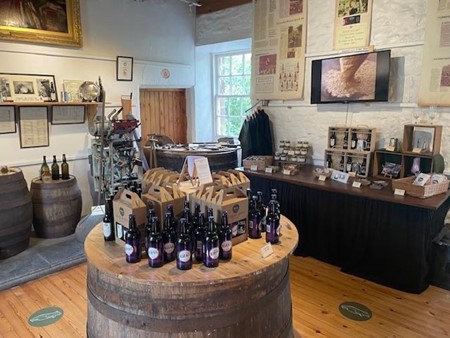
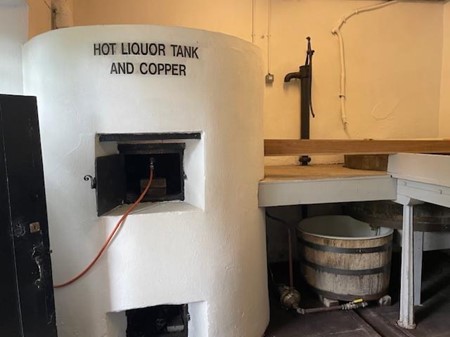
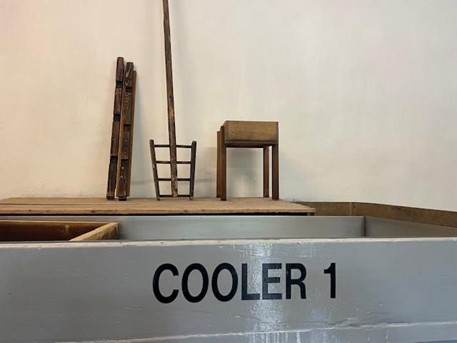
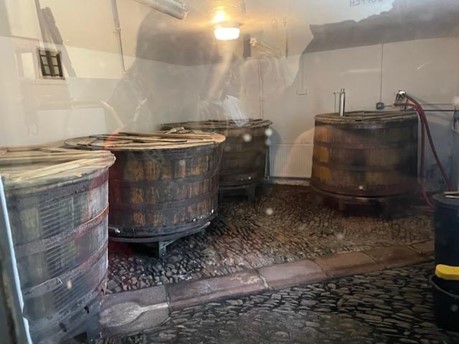
After visiting the brewery, we returned to the museum to undertake a tasting of the 3 beers in regular production – Bear Ale 5.0%, Traquair House Ale 7.2% and Traquair Jacobite Ale 8.0%. Approximately 50% of production is exported to a variety of countries, including the USA, Sweden, Italy and Japan. The remainder can be found in specialist bottle shops and, if you are lucky enough to have a store nearby, Waitrose.
With the official part of the day concluded, we were then free to enjoy a visit to the house, garden, and maze. Traquair House is Scotland’s oldest inhabited house. There was also a rather nice restaurant on site serving a decent menu, the author plumping for a delicious chicken and avocado salad. My table companions all enjoyed Cullen skink and homemade bread. Some even chose to wash down their food with a selection of Traquair beers. Soon it was time to return to Edinburgh with the minibus, making shorter work of the return journey going via Peebles and Penicuik until finally dropping us off at Waverley, where we all dispersed, with some heading to a local hostelry. All in all, a thoroughly enjoyable day out, and thanks to John Martin for making the necessary arrangements.
Fergus Clark
3. New Book – “A History of Belhaven Brewery” – review.
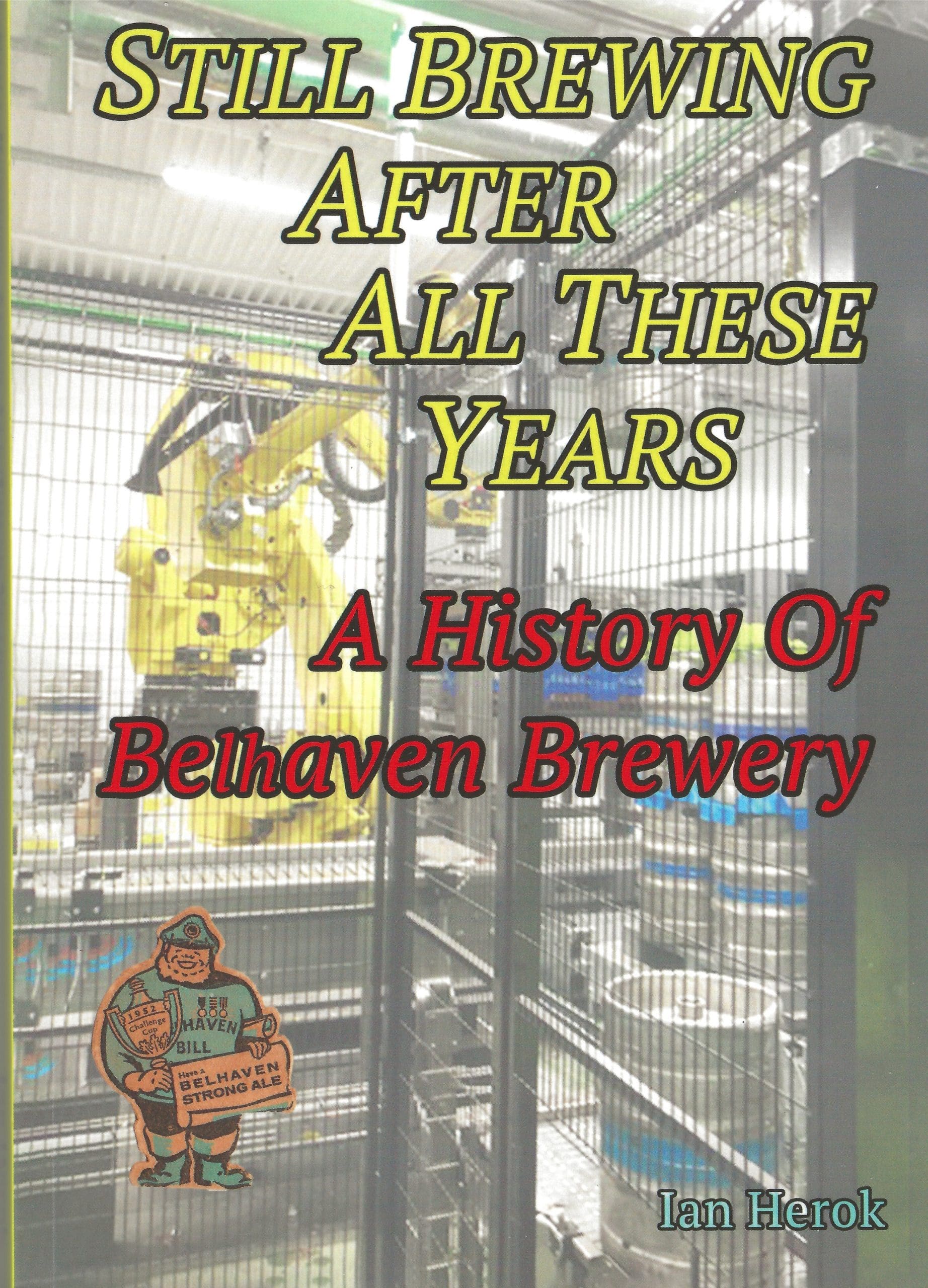
It was my intention to read the book over a week , however when I got started, I just kept going. That’s a testament on how easy the book was to read , the font and some great illustrations and photos all helped. I particularly liked the use an asterisk * along side particular words or technical terms which were explained at the bottom of the page , this saves the reader looking for a reference section and kept the flow of the book without interrupting the story. Ian covers the search for the Brewery’s 1719 origins through the changes over the centuries to the present day over a well-illustrated 224 pages.
Delighted to say Ian will be the guest speaker at this year’s AGM covering the story of the book. Hopefully we can also inform members where copies can be purchased.
Ivor T. Reid
4. Father William – trademark of Wm. Younger
The SBAA received an enquiry from George Scott, who recently acquired framed drawings of the iconic Father William, the trademark of the William Younger brewing company, first introduced in the 1920s. This trademark was designed by the British graphic artist, Alfred Leete, although he is best remembered for the First World War poster of Lord Kitchener, ‘Your Country Needs You’.
The following are the Father William advertisements depicting a sporting theme.
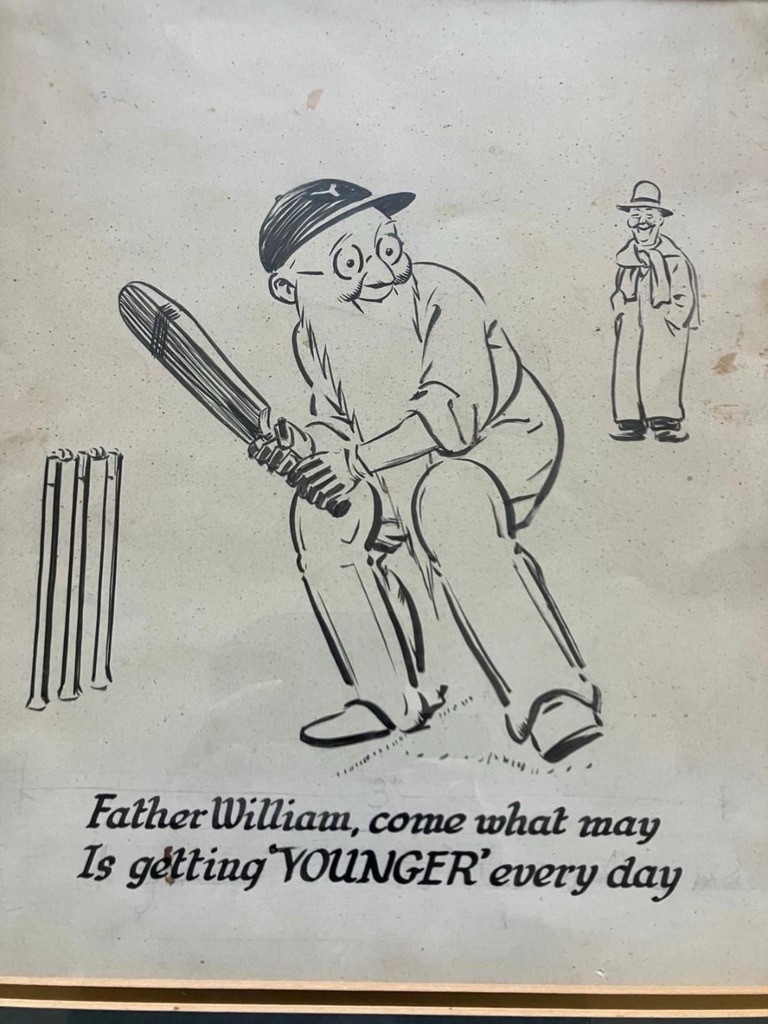
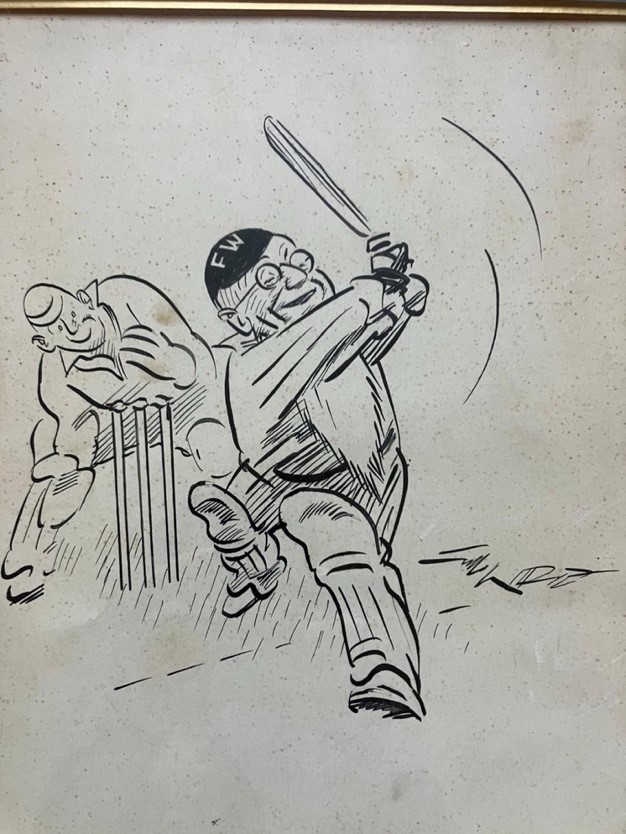
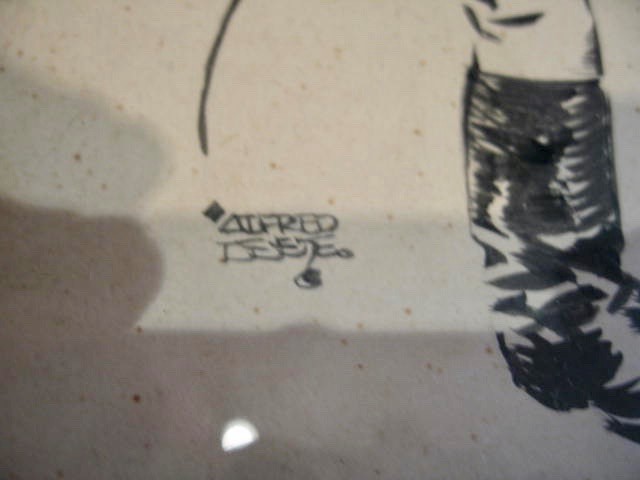
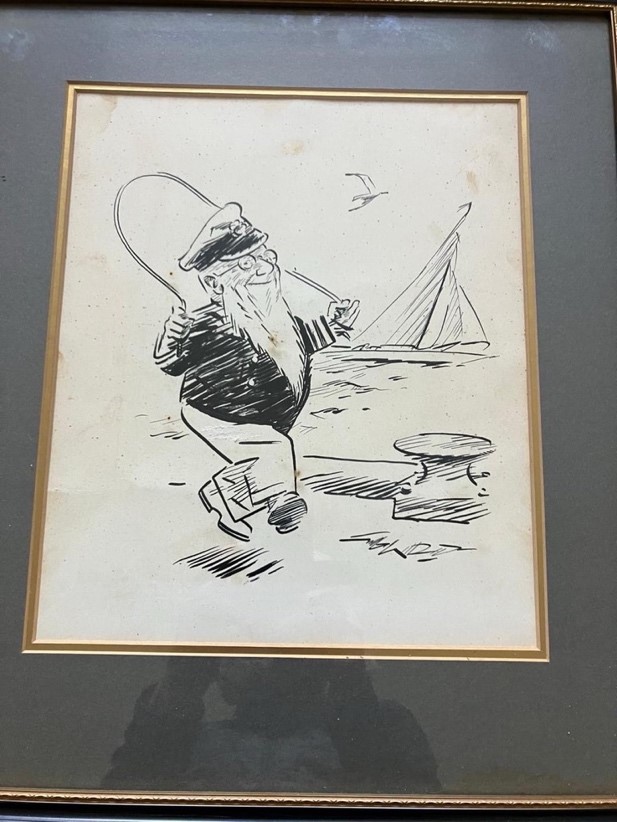
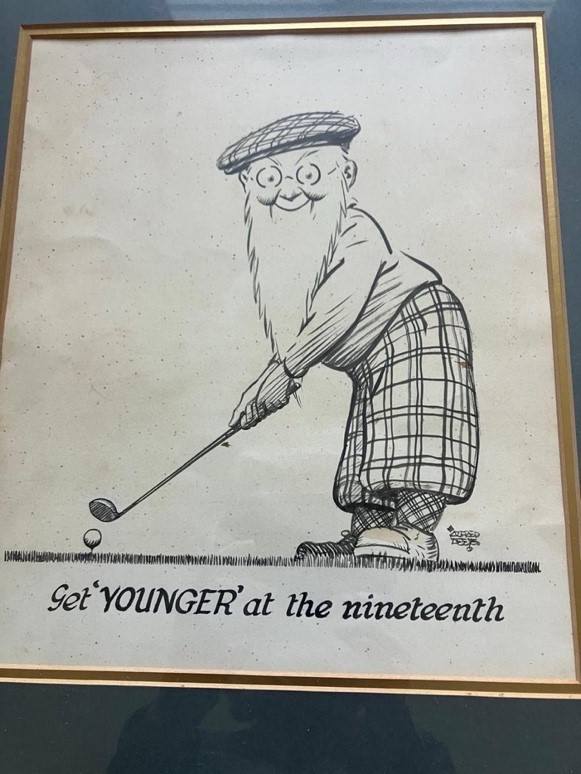
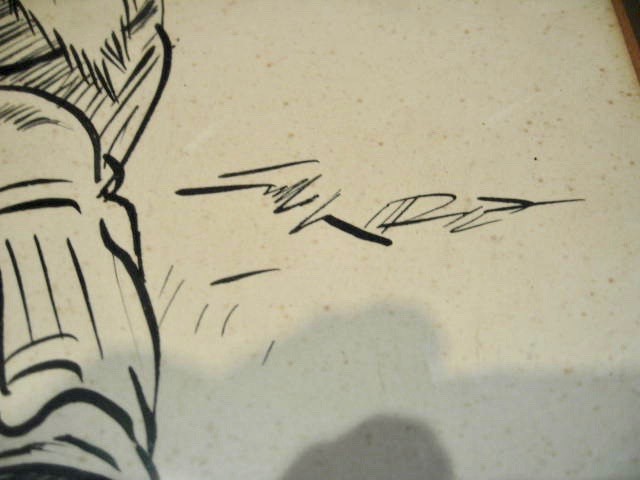
Does anyone know who the unknown graphic artist might be (right-hand side image) who followed Alfred Leete?
If you do, please write in. Thank you.
5. New Corporate Members – Cold Town and Barney’s Beer
The SBAA welcomes Cold Town Beer as our new corporate member.
Cold Town Beer was launched in 2018 to revive Edinburgh’s brewing heritage and to craft beer for everyone to enjoy. The name is derived from Calton Hill, which was once known as “Caltoun” or “Cold Town”.
The Cold Town brewpub is in the Grassmarket, where it all began, and is worth a visit.
Their main production site is in Dunedin Street, where their core products and larger batches are brewed.
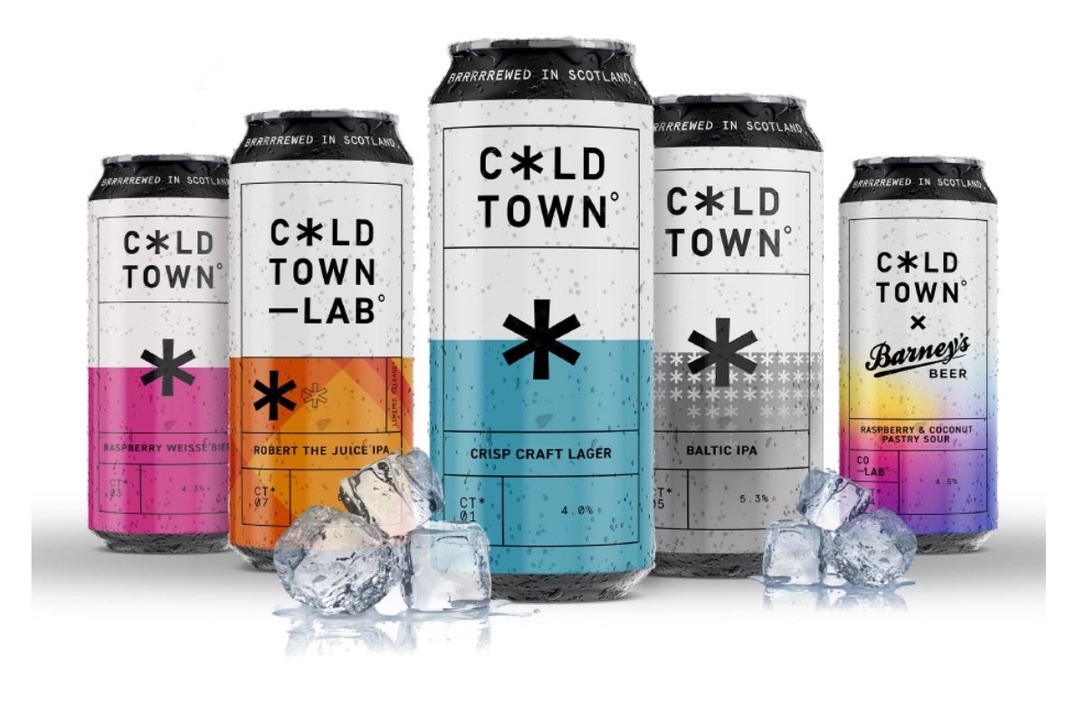
Please visit the Cold Town website for further information.
https://coldtownbeer.com
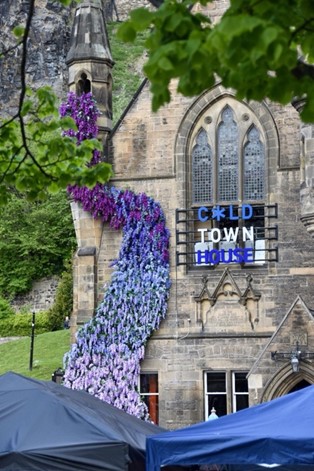
Barney’s Beer was established in 2012 when Andrew “Barney” Barnett moved into the Summerhall arts venue in Edinburgh. Since then, Barney’s Beer has been supplying Edinburgh bars, restaurants, and bottle shops, including the Royal Dick public house, just a short distance from the brewery.
In recent years, Barney’s Beer received the Scottish Beer Awards in 2022, as Small Brewery of the Year, and also “Barney” as Brewer of the Year.
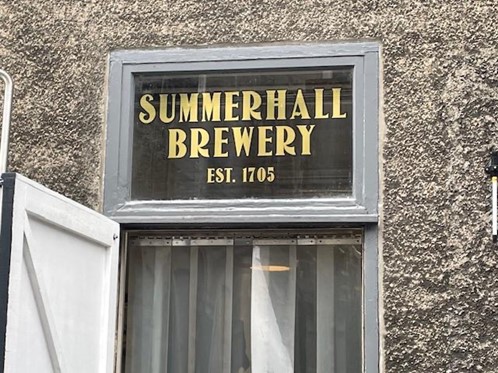
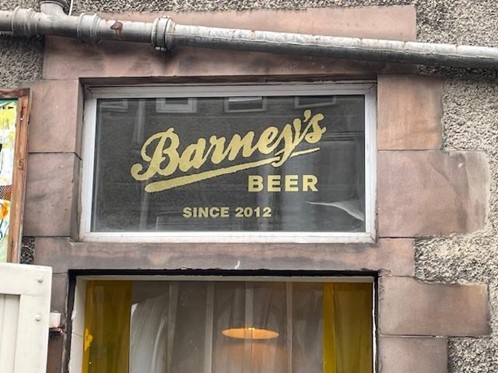
Barney’s Beer is Edinburgh’s longest-established non-continuous operating brewery.
Please visit the Barneys’ Beer website for further information.
https://www.barneysbeer.co.uk
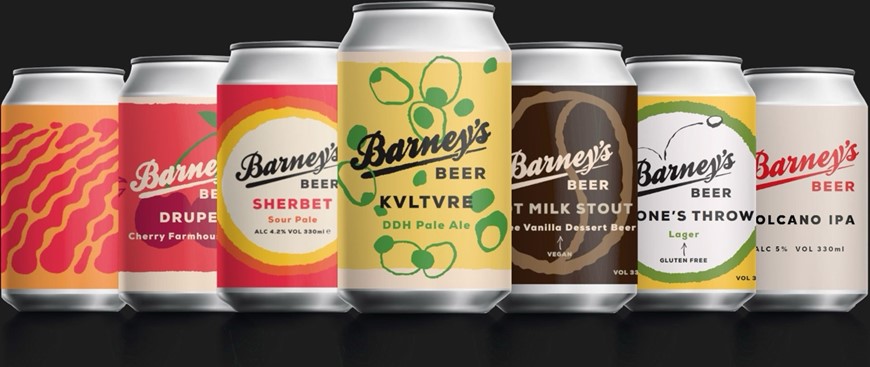
6. Scottish Beer Awards 2025.
Congratulations to Professor Dawn Maskell, Director of the International Centre of Brewing and Distilling (ICBD) at Heriot-Watt University, who has been appointed as chair leading the judging panel. Dawn replaces Hilary Jones, former director of Scottish & Newcastle, who has been in this position since the start of the Scottish Beer Awards, ten years ago.
Best Beer Destination won by Cold Town House
Best Low Alcohol Beer – Gold medal awarded to Rhuby, Rhuby, Rhuby by Stewart Brewing
Bronze medal awarded to Pulp Friction by Stewart Brewing
Best British Style Ale – Bronze medal awarded to Stewart’s 80/- by Stewart Brewing
Best Porter or Stout – Gold medal awarded to Mississippi Mud Pie by Stewart Brewing
Best Juicy or Hazy Beer – Gold medal awarded to Hazy IPA by Stewart Brewing
Best IPA – Gold medal awarded to New Relic by Stewart Brewing
Best Pilsner – Gold medal awarded to Doddie Beir by Cold Town Beer
Bronze medal awarded to Gluten Free by Tennent’s
Best Lager – Silver medal awarded to Crisp Craft Lager by Cold Town Beer
Many congratulations to Cold Town House, Stewart Brewing, and Tennent’s.
To our readers, why not try out some of these beers, if not all of them, and support our corporate members. The Doddie Beir has an interesting story and will be included in our next Newsletter.
7. Heriot Watt Brewers.
In another nod to the excellence of Scottish brewing, famous Yorkshire brewer Timothy Taylor recently ran an advert in the national press acknowledging four Heriot-Watt trained brewers
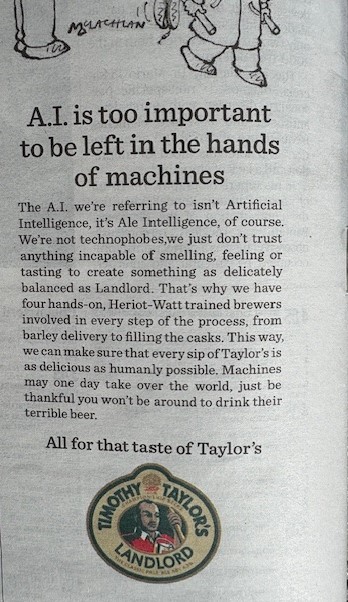
8. Girls at Glenfinnan Railway Station
In our January Newsletter No.62 we reported on an enquiry about a photograph of “Tennent’s girls” at Glenfinnan Station and requested if any member could supply further information. Once again, one of our members Neil Lawrance (aka. Cannyscot.com) came up with the answer. It was part of the 1993 Tennent’s Calendar.
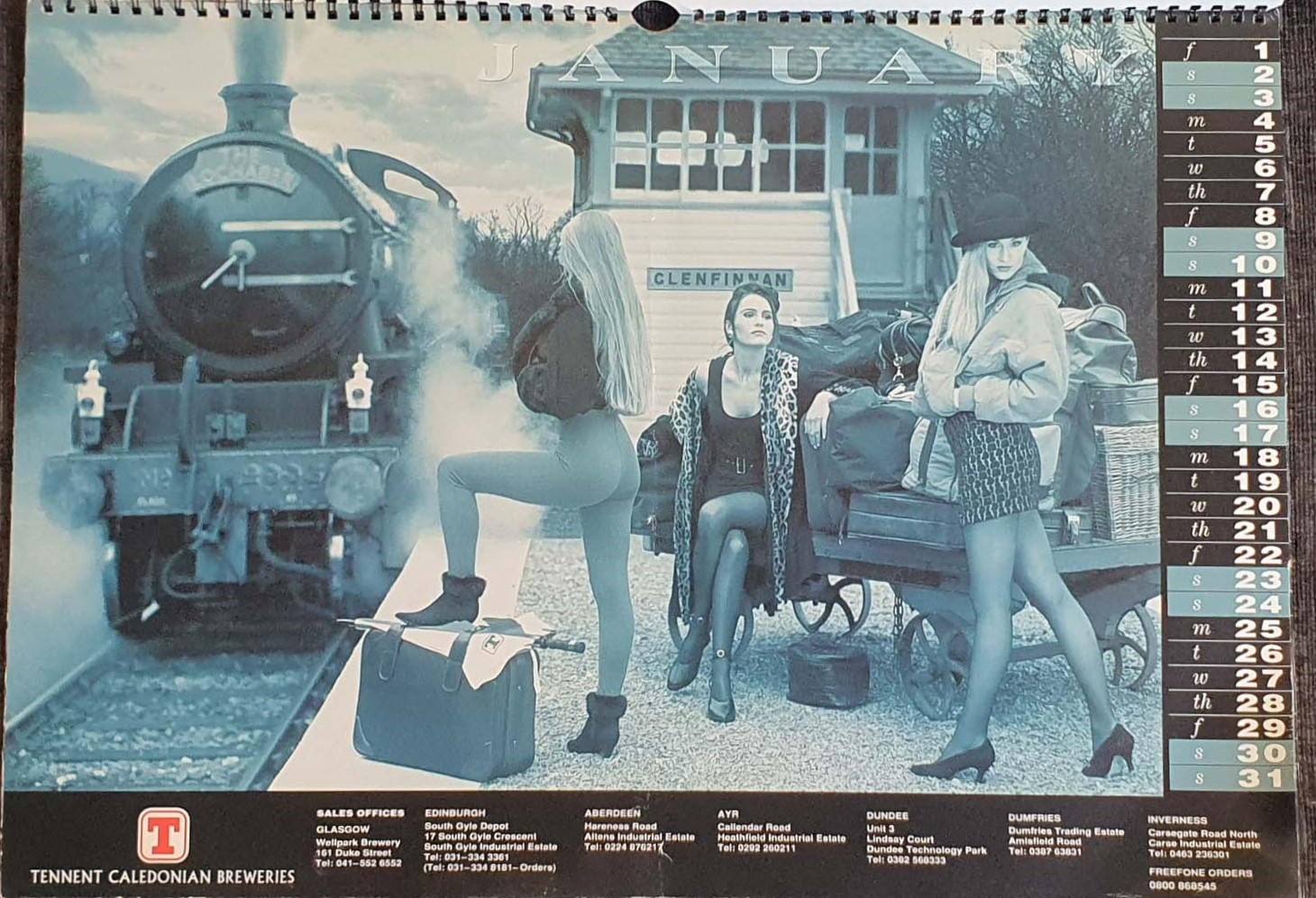
Neil has only recently acquired the calendar along with several others from the USA , you can see the entire calendar, and the correct credits for the girls (wrongly reported in January) on the website https://www.cannyscot.com/1993TennentsCalendarIndex.htm
John Martin recently visited the museum and obtained this summary –
The Glenfinnan Station originally opened on April 1st, 1901. John Barnes knew the historical significance of the Glenfinnan Station and saved it from demolition in the late 1980s. The station and original signal box were restored, and the Glenfinnan Station Museum was set up in 1991 and now stands as a tribute to those far-sighted people who made this possible. The station is still a working railway station alongside the museum which seeks to tell the story of the Mallaig Extension Railway and West Highland railway heritage, its construction/development, and the Navvies who built it. (It should be said that the Glenfinnan viaduct and museum have become very popular since it featured in a Harry Potter movie! Ed.)
To find out more, please visit the museum or check out the website – https://glenfinnanstationmuseum.co.uk/
Many thanks to Jason Sylvestre for providing this information.
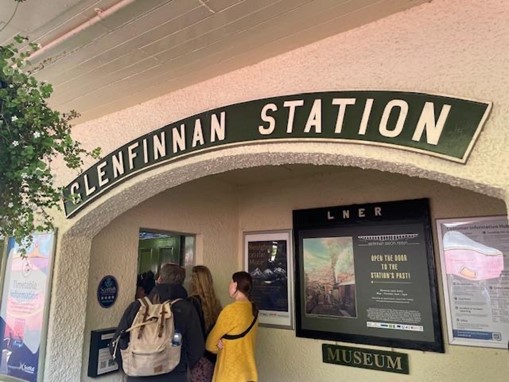
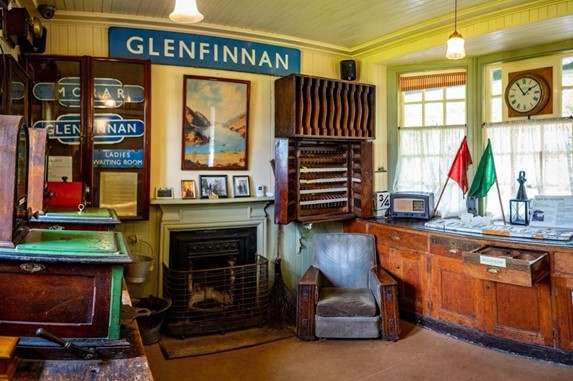
9. Last Runnings
![]() AGM Thursday 20th November 2pm-4hpm , The Bee Hive , Edinburgh.
AGM Thursday 20th November 2pm-4hpm , The Bee Hive , Edinburgh.
This year we continue to use the upstairs suite at the Bee Hive bar in the Grassmarket . The agenda for the AGM will be issued to all members prior to the event. Following the business of the AGM we have Ian Herok as our guest speaker on his new book “A History of Belhaven Brewery” – I’m sure this will prove a popular topic , so to assist with the buffet catering, PLEASE LET ME KNOW IF YOU CAN ATTEND at secretary@scottishbrewingarchive.co.uk before 7th November. Look forward to seeing you over a pint or two.
![]() Welcome new members , Kevin Richlin from San Jose , Ruth Reid , Irma Jansen, Ian Kennedy , Elliot Lamb , Catherine McCluskey, Fergus Wright all from Cold Town Brewing. Andrew Barnett from Barney’s Brewing and a welcome back to Michael Clark who has previously been our expert on Alloa brewing heritage.
Welcome new members , Kevin Richlin from San Jose , Ruth Reid , Irma Jansen, Ian Kennedy , Elliot Lamb , Catherine McCluskey, Fergus Wright all from Cold Town Brewing. Andrew Barnett from Barney’s Brewing and a welcome back to Michael Clark who has previously been our expert on Alloa brewing heritage.![]() Appeal for assistance from member Edd Mather who is based in Lancashire.
Appeal for assistance from member Edd Mather who is based in Lancashire.
“ I’d like to appeal for any Edinburgh / more locally based members who may be able to spend an hour or so at Register House researching on my behalf. Specifically, the precise nature of the content of the ” Sederunt Books ” of such Edinburgh brewers as,
Hutchinson Aikman 1834 – 1845 ,
Robert Stein & Co 1819 – 1822 .
I’m happy to provide the precise catalogue details etc to any interested people”
Please contact Edd directly for more information at beerhistorybloke@gmail.com![]() Ferment – The UK’s No.1 Craft Beer Magazine.
Ferment – The UK’s No.1 Craft Beer Magazine.
And finally , the following is a link to an article on the history of Scottish Brewing, back to the future, which appeared in the Ferment magazine recently, titled “Great Scott!” and the SBAA was given permission to include this in our Newsletter.
Ferment is the UK’s No. 1 craft beer magazine. There are 3 pages in the article.
https://drive.google.com/drive/folders/1Q73yfewVuWIBOLkLoJzfxX0PuXMOW6pj
Correspondence to the SBAA Secretary secretary@scottishbrewingarchive.co.uk
SBAA Newsletter No. 65 – Oct. 2025
